Chopin Museum, Warsaw
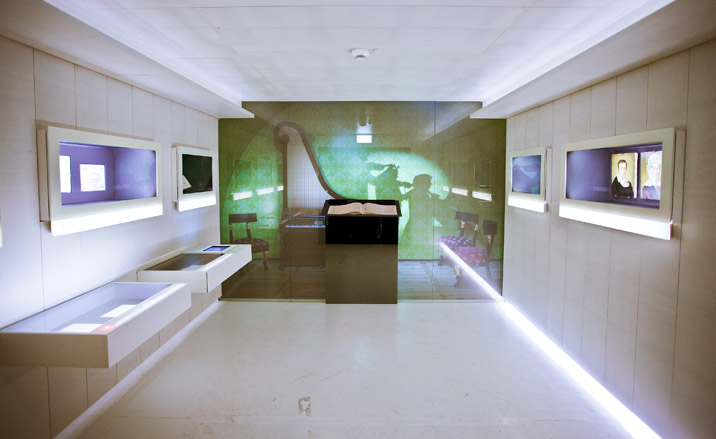
Two Italian architects have transformed the often dreary museum experience into something radically modern at the Ostrogski Palace in Warsaw. The new Chopin Museum, curated by Ico Migliore and Mara Servetto of Migliore+Servetto Architetti Associati, invites visitors to delve into the world of the Polish composer via cutting edge audio–visual and interactive technologies.
Gone are those droning tour guides and their weary troops. Instead, a special card with a computer chip using Radio Frequency Identification technology allows visitors to personalise their museum experience, ask questions and interact with the displays.
'We wanted to incorporate the best technology could offer with an experience that is very human,' explains Servetto. 'To this end, all the sounds, smells and interactive technologies have been integrated together.'
In one room, you can activate the sounds of different instruments by stepping on sensors hidden in the floor. And in the 'The Composer' room, suspended above 14 music sampling stations is a dramatic installation of translucent plates that pulse with the rhythm of a rare Chopin score.
The 17th century Ostrogski Palace has been revamped and expanded to house the museum, whose opening coincides with the bicentenary of Frédéric Chopin's birth. Migliore+Servetto - who have designed several of Wallpaper's past Milan exhibitions - have created a thrilling mix of interactive visuals and soundscapes. 'Our strength is using architecture as a tool to communicate the value of a brand or tell a story,' says Mara. She admits, however, that this project is their most technologically ambitious yet.
Visitors can choose their own path around the exhibition and each room is its own mini-museum relating to a different aspect of Chopin's life. The show culminates in a space dedicated to his death in 1849 at the age of 39. It is a soundproof black cube, featuring a lock of Chopin's hair, a plaster death mask of his face and a book featuring comments from friends and acquaintances at the time, whose pages continually turn.
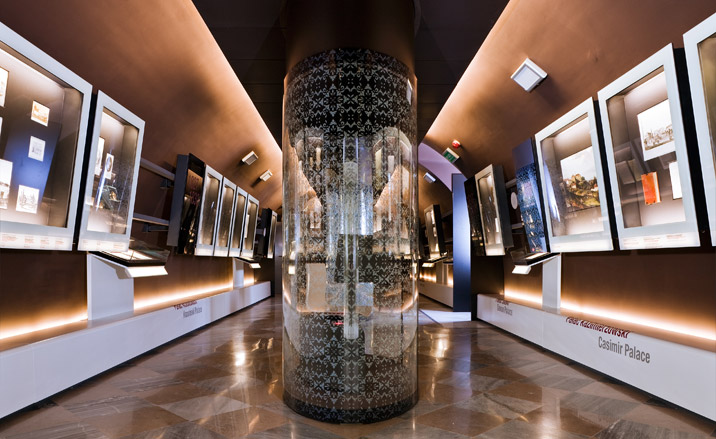
'Warsaw'
This room explores Chopin's life and music during the years he spent in Poland. Three islands in the centre allow visitors to listen to the music and explore the room's content in a more private manner. Glass columns featuring elegant wallpaper from the time also reveal Chopin's interest in aesthetics.
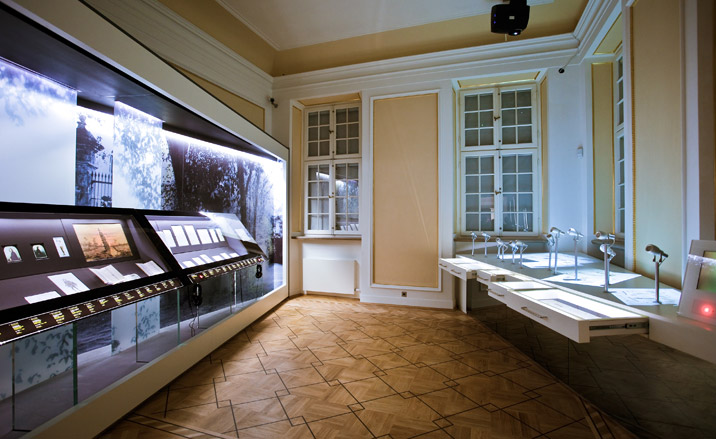
’Nohant’
This room recalls the time Chopin spent at the French chateau owned by his girlfriend, writer George Sand, where he composed several of his masterpieces. Chirping bird sounds evoke its natural setting.
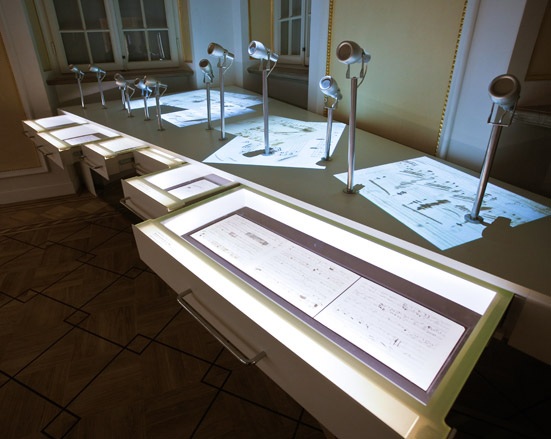
’Nohant’
As visitors open the drawers, sheets of music appear to float out onto the table.
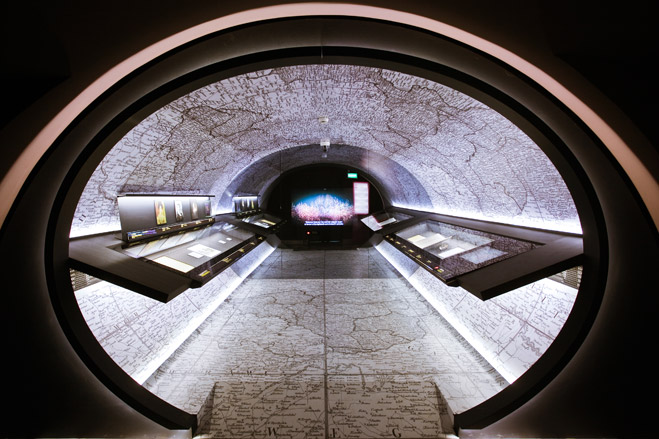
’Zelazowa Wola’
Named after his birthplace, this room holds a dramatic 3D map. This enables visitors to explore Chopin’s history, including family trips, musical influences typical of Polish tradition, and the Polish landscape.
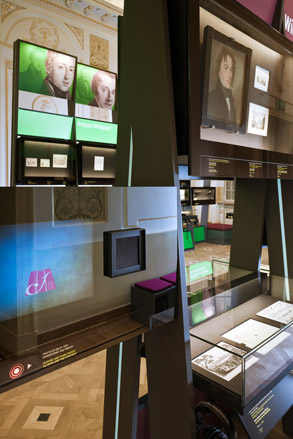
’Chopin’s personality’
This room acts as a kind of library, whose documents, sounds and visuals provide a sense of Chopin ’the man’, rather than simply ’the composer’.
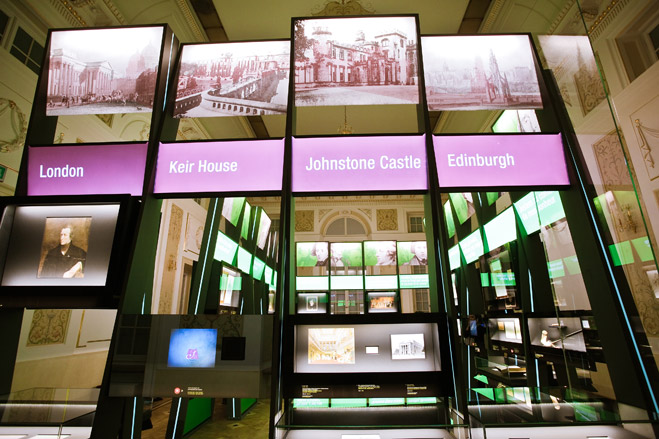
’Chopin’s personality’
This section of the room is dedicated to his trips around Europe, travel notes and observations.
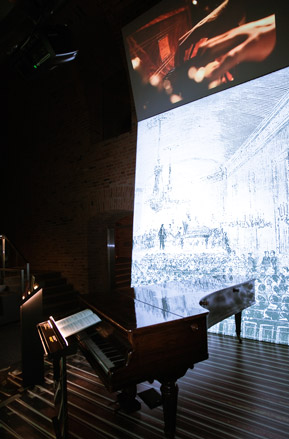
’The Pianist’ Chopin’s
original piano, housed in a living room of the time, is the focus of this space. For each piece of music heard in this room, there is a projection of a pianist’s hands on the keys, showing the complexity and skill required to play it.
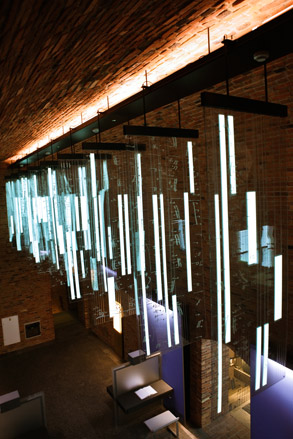
’The Composer’
Electroluminescent sheets pulsing with the rhythm of Chopin’s music are suspended above 14 music stations.
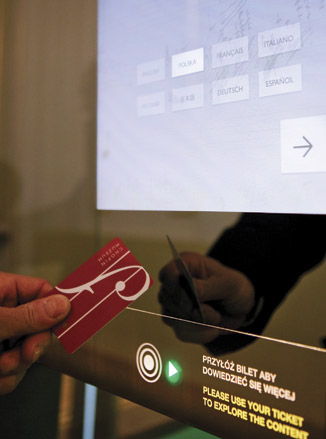
The card used to personalise each museum experience, featuring Radio Frequency Identification technology. Visitors can choose from eight different languages and five different levels: basic, advanced, for children, and for visually and hearing impaired.
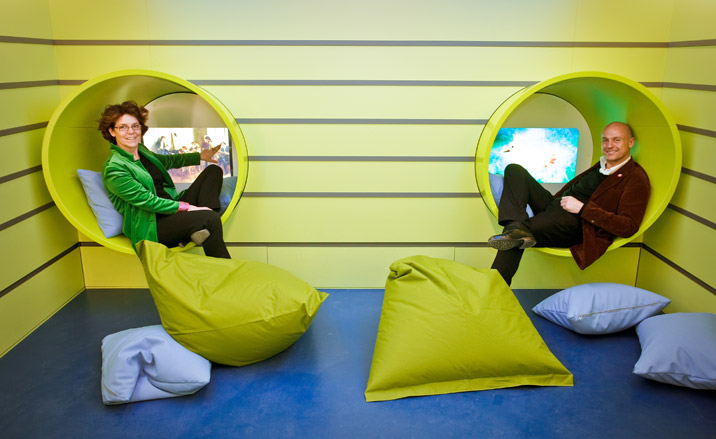
’The Children’s Room’
This area includes interactive stations, which reveal sounds and images that help children learn about Chopin’s life. Pictured here are architects Mara Servetto and Ico Migliore.
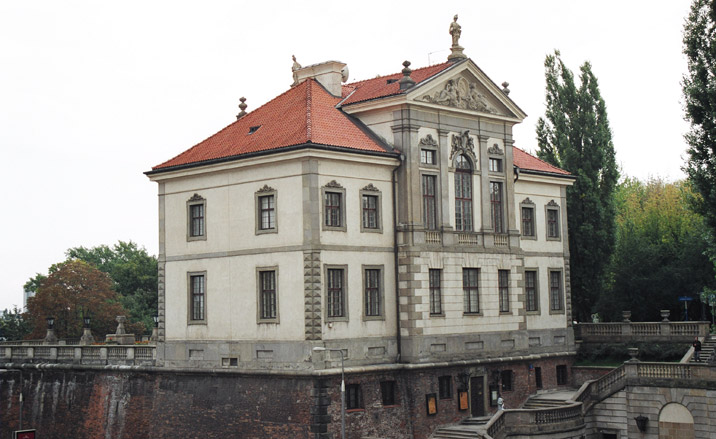
The exterior of the Ostrogski Palace in Warsaw, home to the Chopin Museum.
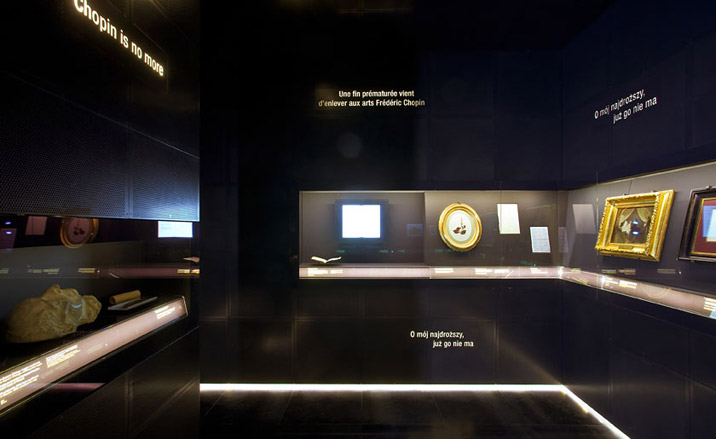
’The Death Room’
Unlike the other colourful rooms, the ’Death Room’ is a sombre black box, featuring a plaster death mask taken of Chopin’s face and invitations to his memorial service. This silent room is an oppressive space for quiet contemplation.
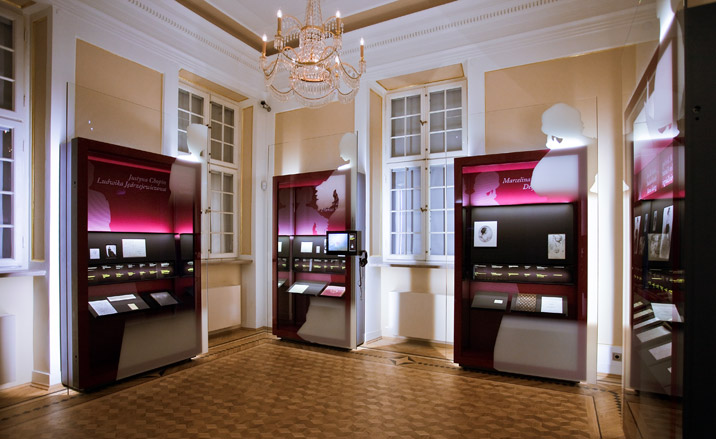
’The Women’
Dedicated to the females in his life, this room features cabinets that relate to not just his mother, sister and girlfriend but his friends, pupils and patrons.
ADDRESS
Receive our daily digest of inspiration, escapism and design stories from around the world direct to your inbox.
1 Okólnik Street
00-368 Warsaw
Malaika Byng is an editor, writer and consultant covering everything from architecture, design and ecology to art and craft. She was online editor for Wallpaper* magazine for three years and more recently editor of Crafts magazine, until she decided to go freelance in 2022. Based in London, she now writes for the Financial Times, Metropolis, Kinfolk and The Plant, among others.
-
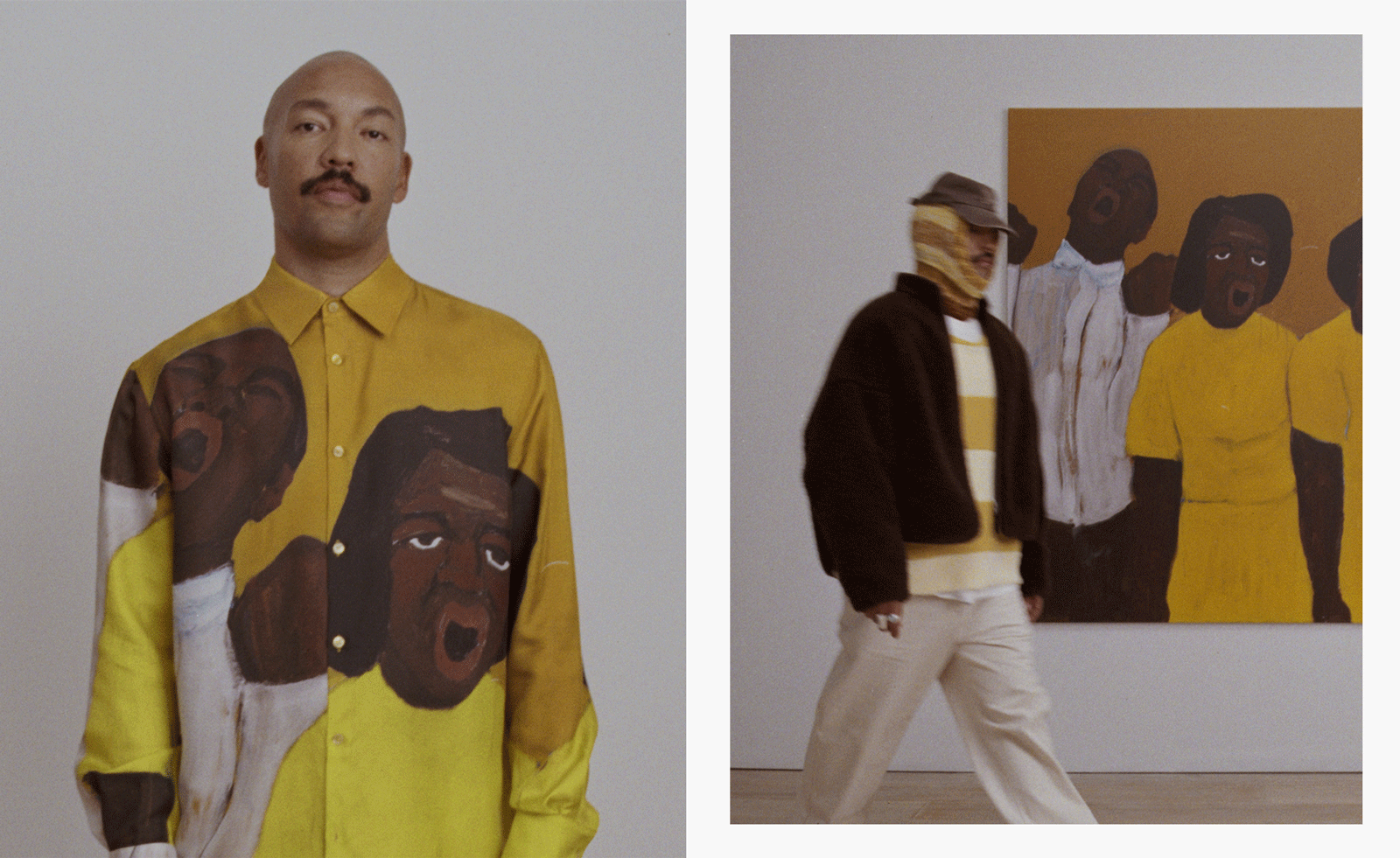 Fashion meets art in Axel Arigato and Alvin Armstrong's colourful collaboration
Fashion meets art in Axel Arigato and Alvin Armstrong's colourful collaborationAxel Arigato and Brooklyn-based artist Alvin Armstrong have partnered on a limited, capsule collection of ready-to-wear, accessories and sneakers
-
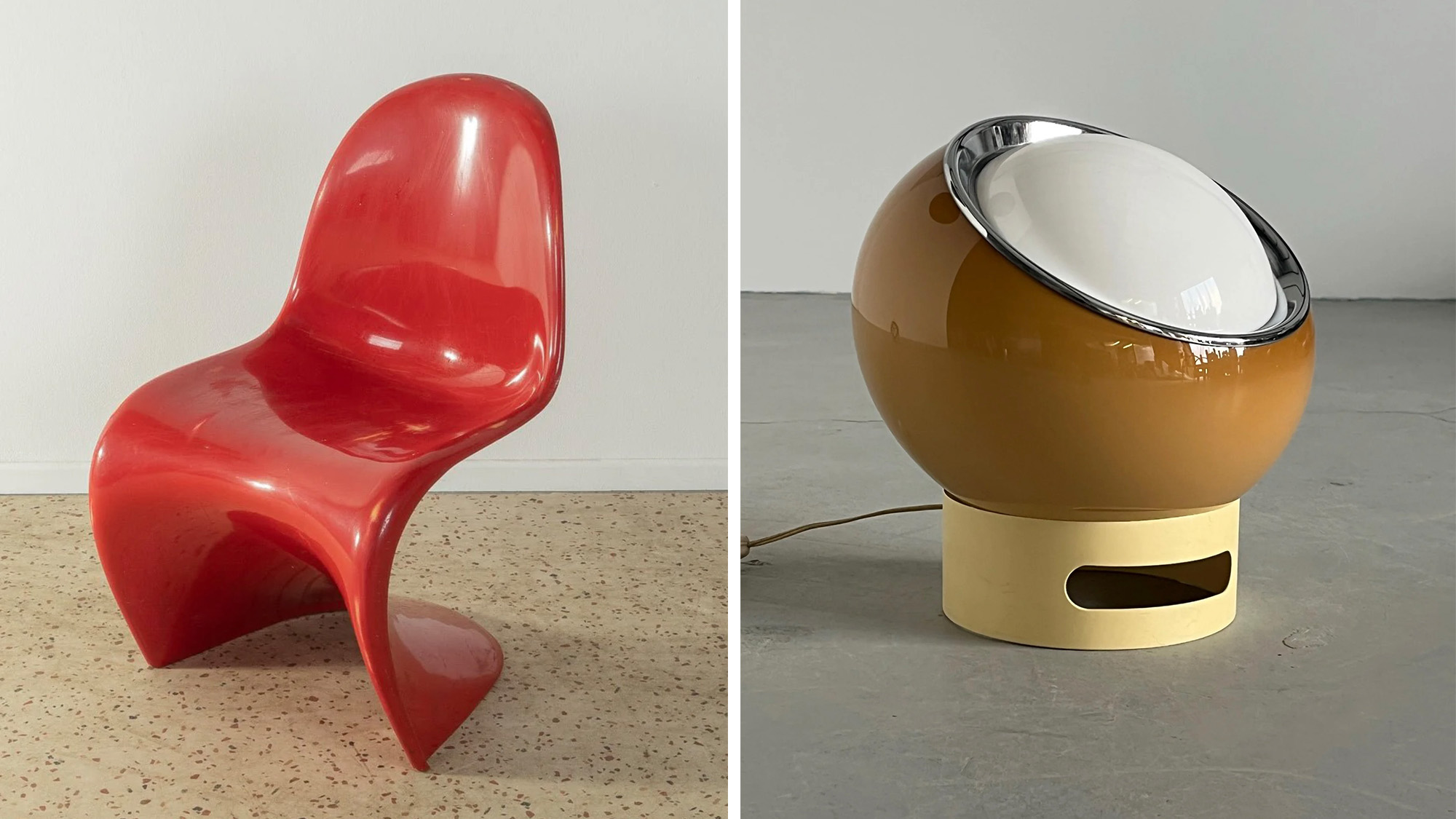 Where to buy second hand furniture online, according to Wallpaper* editors
Where to buy second hand furniture online, according to Wallpaper* editorsFuelled by a shift toward circular design and a rejection of fast furniture, these resale platforms prove that beautiful interiors start with something pre-loved
-
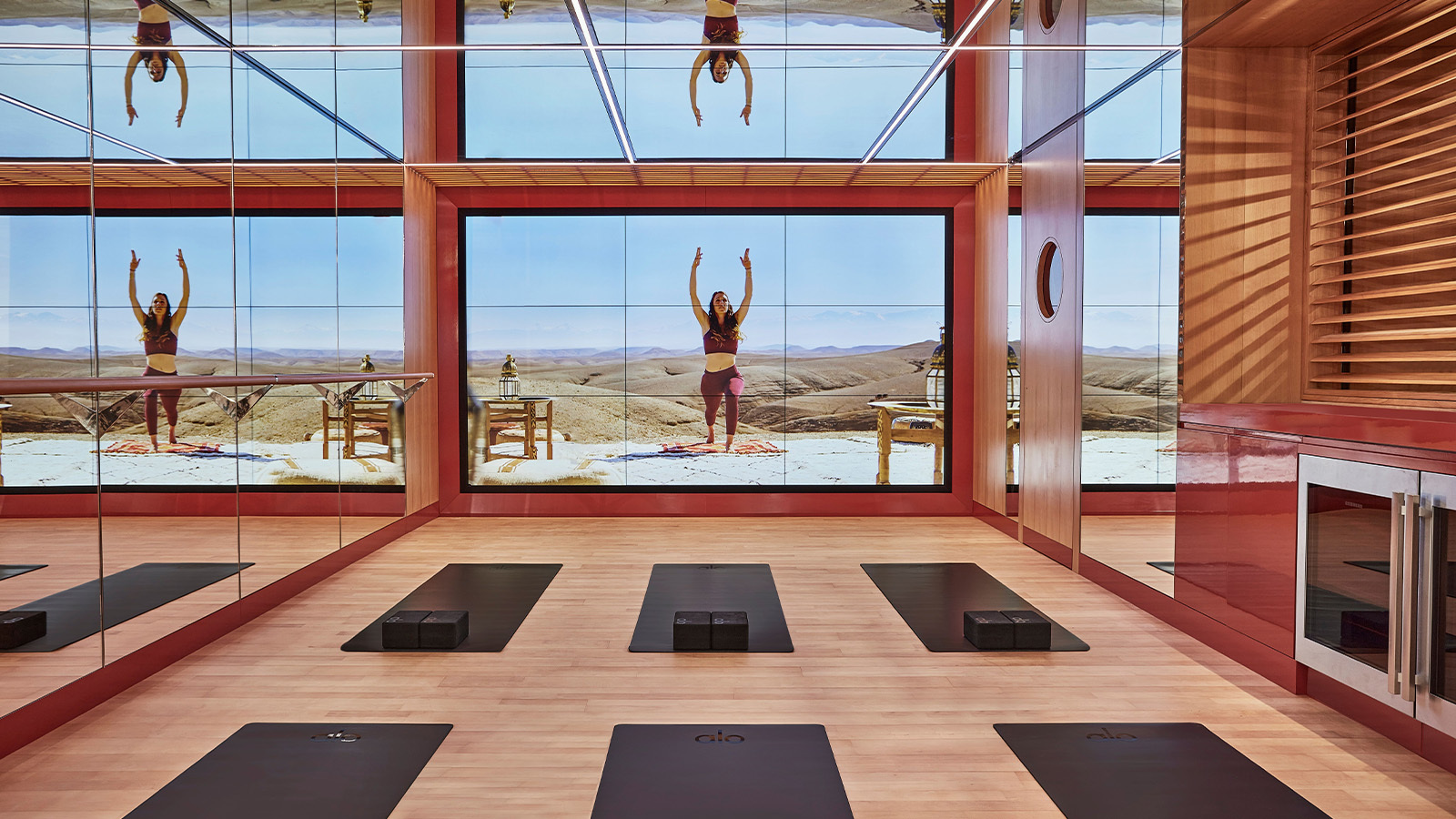 Elevate your fitness journey at the best luxury gyms in London
Elevate your fitness journey at the best luxury gyms in LondonWhether you want to embrace your inner zen or throw a boxing punch, here is our pick of the best luxury gyms in London, offering superior services and surroundings
-
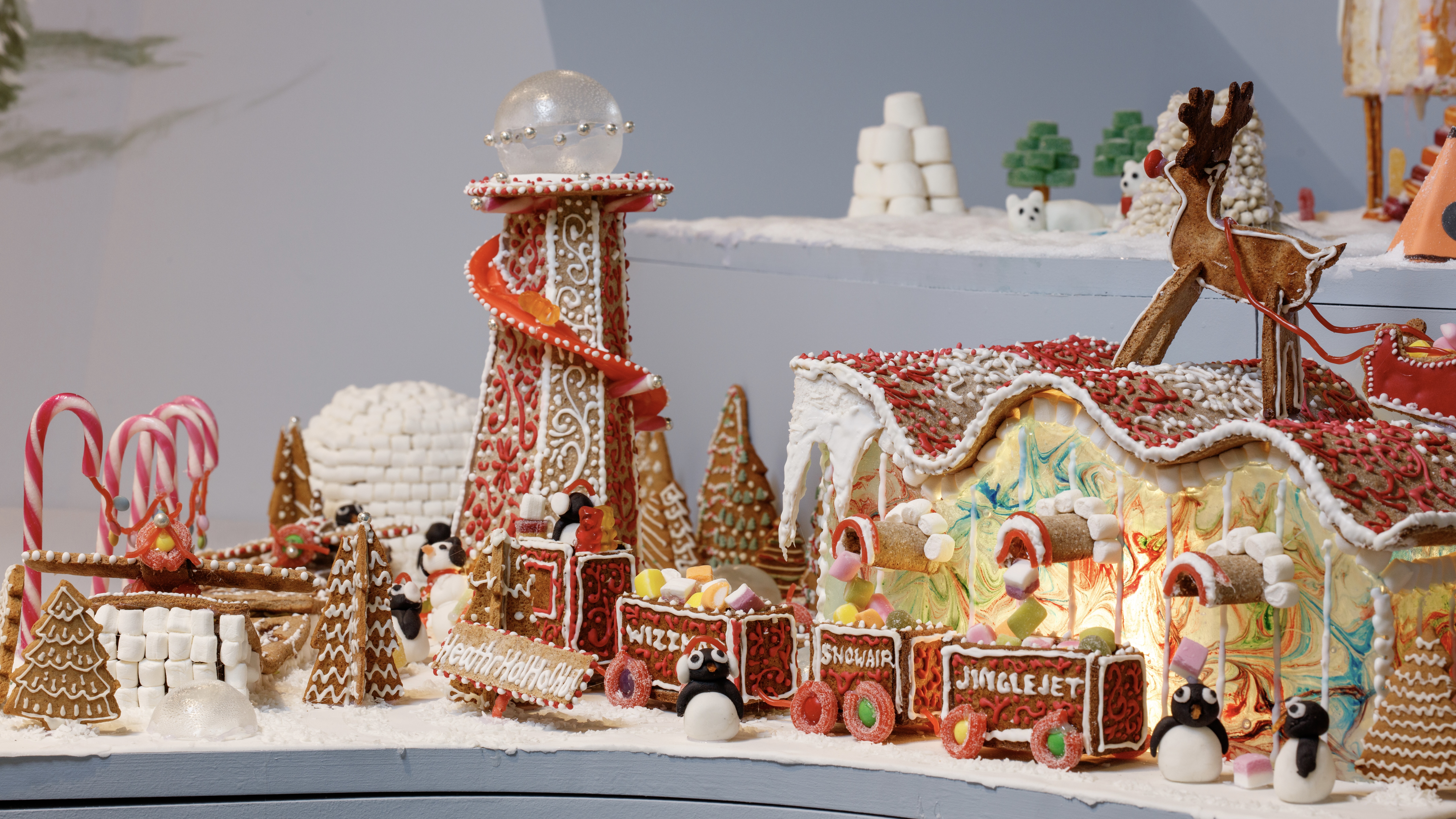 Welcome to The Gingerbread City – a baked metropolis exploring the idea of urban ‘play’
Welcome to The Gingerbread City – a baked metropolis exploring the idea of urban ‘play’The Museum of Architecture’s annual exhibition challenges professionals to construct an imaginary, interactive city entirely out of gingerbread
-
 The Grand Egyptian Museum – a monumental tribute to one of humanity’s most captivating civilisations – is now complete
The Grand Egyptian Museum – a monumental tribute to one of humanity’s most captivating civilisations – is now completeDesigned by Heneghan Peng Architects, the museum stands as an architectural link between past and present on the timeless sands of Giza
-
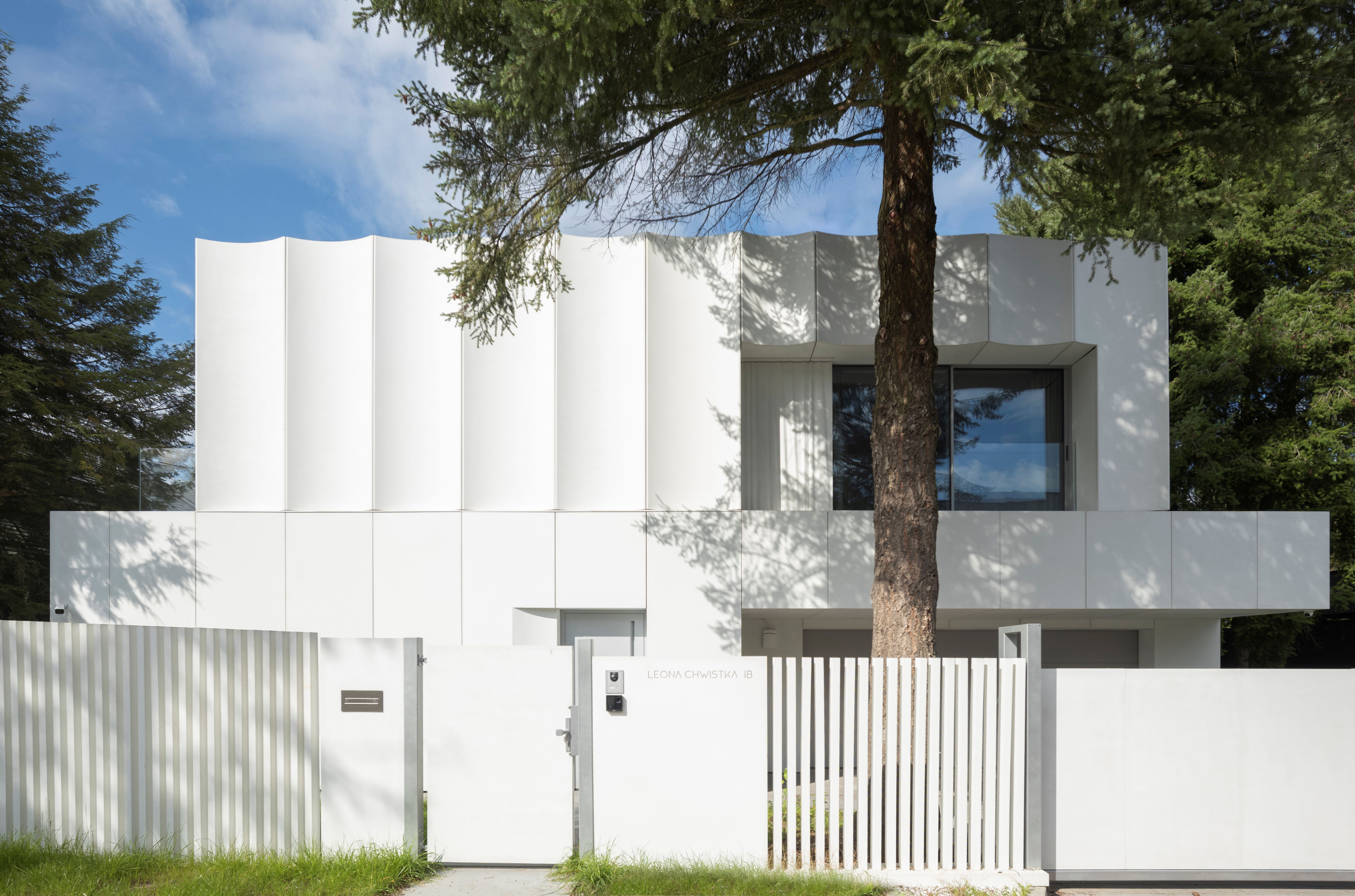 Like a modernist iceberg, this Krakow house has a perfectly chiselled façade
Like a modernist iceberg, this Krakow house has a perfectly chiselled façadeA Krakow house by Polish architecture studio UCEES unites brutalist materialities with modernist form
-
 George Lucas’ otherworldly Los Angeles museum is almost finished. Here’s a sneak peek
George Lucas’ otherworldly Los Angeles museum is almost finished. Here’s a sneak peekArchitect Ma Yansong walks us through the design of the $1 billion Lucas Museum of Narrative Art, set to open early next year
-
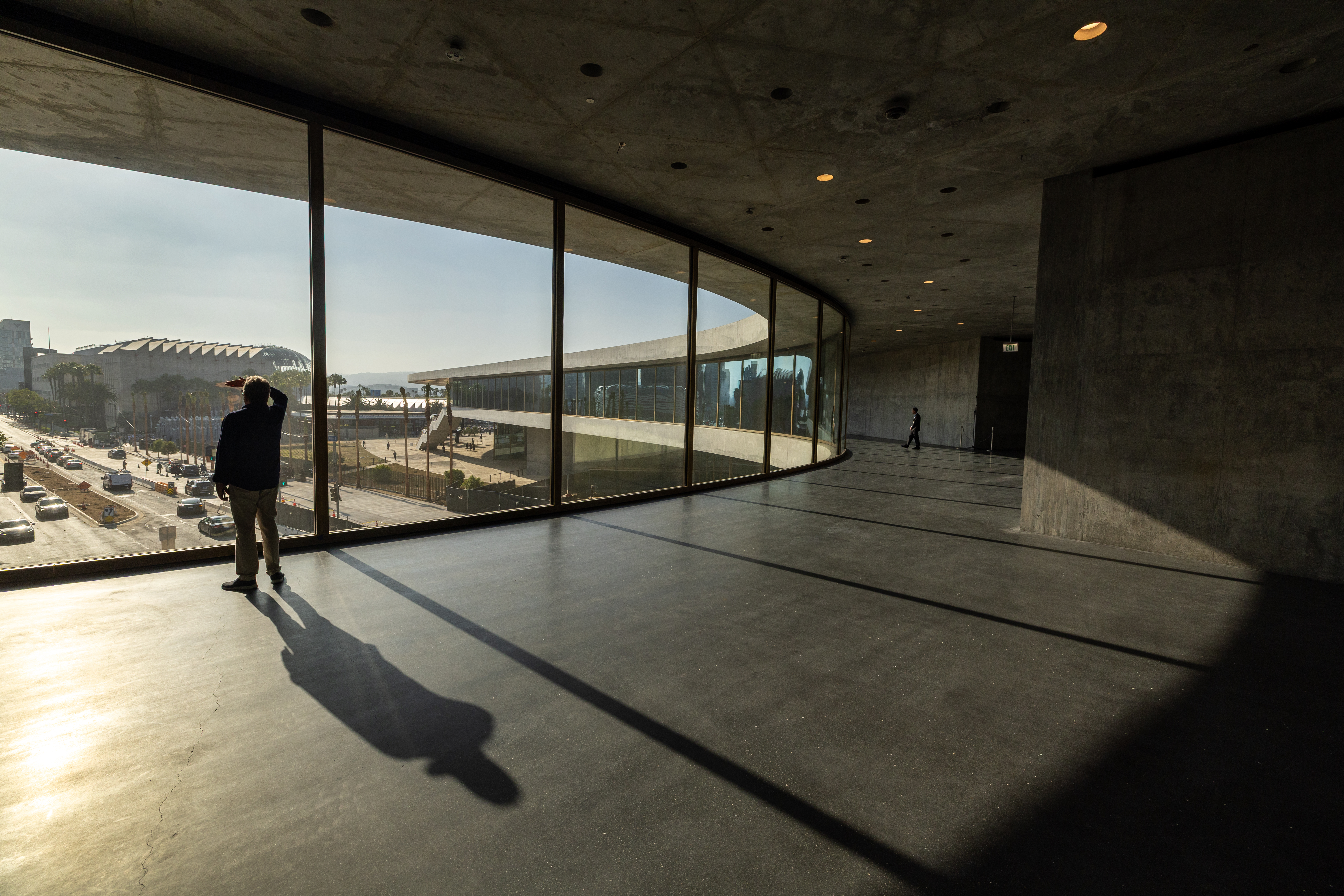 The great American museum boom
The great American museum boomNine of the world’s top ten most expensive, recently announced cultural projects are in the US. What is driving this investment, and is this statistic sustainable?
-
 The Yale Center for British Art, Louis Kahn’s final project, glows anew after a two-year closure
The Yale Center for British Art, Louis Kahn’s final project, glows anew after a two-year closureAfter years of restoration, a modernist jewel and a treasure trove of British artwork can be seen in a whole new light
-
 You’ll soon be able to get a sneak peek inside Peter Zumthor’s LACMA expansion
You’ll soon be able to get a sneak peek inside Peter Zumthor’s LACMA expansionBut you’ll still have to wait another year for the grand opening
-
 NYC's The New Museum announces an OMA-designed extension
NYC's The New Museum announces an OMA-designed extensionOMA partners including Rem Koolhas and Shohei Shigematsu are designing a new building for Manhattan's only dedicated contemporary art museum